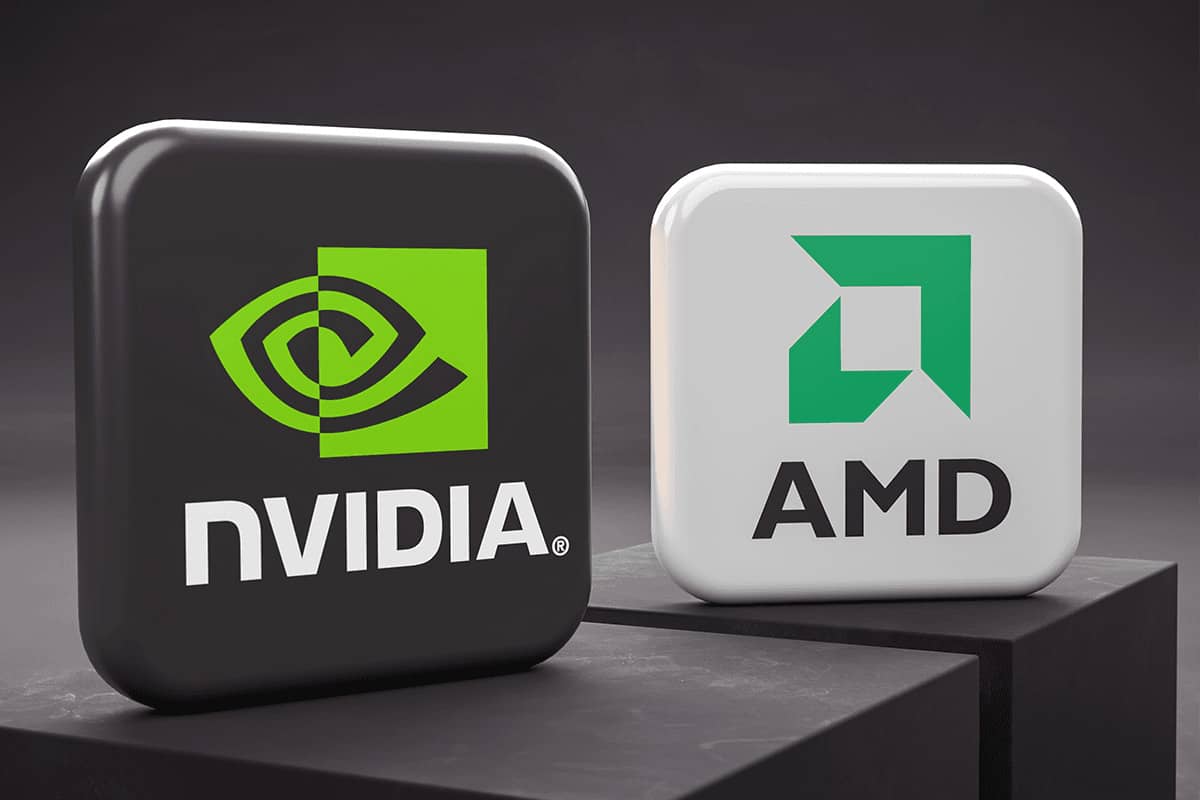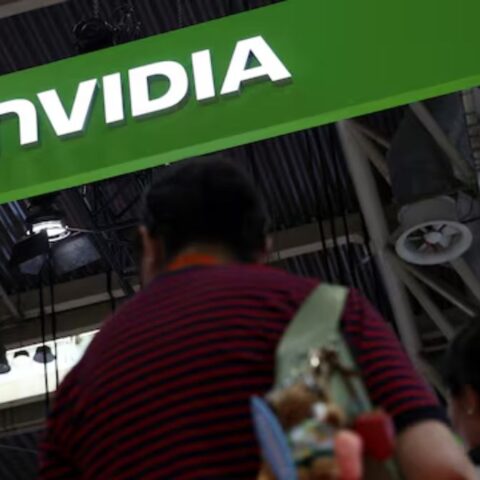Over the past year, Nvidia (NVDA) has been a dominant force in the semiconductor sector, with its stock climbing 83%. In contrast, Advanced Micro Devices (AMD) has faced a decline of 35%.
Despite this disparity, many investors may be overlooking AMD’s fundamental strengths and growth potential, making it a potentially attractive stock for 2025.
The Case for AMD’s Valuation and Growth
AMD’s price-to-earnings-to-growth (PEG) ratio of 0.53 signals that the company may be undervalued relative to its earnings growth potential.
A PEG ratio below 1 suggests strong upside, particularly in the tech sector. Analysts predict strong earnings growth for AMD, which makes its current stock price appealing compared to its competitors, including Nvidia.
Addressing the AI Market Concerns
The recent selloff in tech stocks, particularly those involved in artificial intelligence (AI), has been linked to concerns over DeepSeek, a Chinese AI research lab.
However, many believe the market’s reaction to DeepSeek is overblown. While DeepSeek’s AI advancements have made headlines, the reliance on high-performance hardware for AI inference workloads, such as AMD’s MI300, remains strong.
AMD’s memory bandwidth advantage and performance benchmarks indicate it could thrive in the growing AI and inference sectors.
AMD’s Market Share and Competitive Edge
AMD has made significant strides in capturing market share in AI and data center markets. In Q4 2024, AMD’s data center revenue grew 69% year-over-year, driven by the success of its EPYC Turin processors, which now hold over 50% market share at major hyperscalers.
AMD’s MI300 series GPUs are making waves in both AI training and inference workloads, helping the company gain momentum in the AI GPU space, even though Nvidia currently leads the market.
AMD’s Attractive Valuation
AMD’s financial position remains strong, with a net cash position of $2.8 billion and a forward P/E ratio of 22.66x, which is below the sector median of 25.50x.
This suggests that AMD’s stock is undervalued despite its impressive growth prospects. Additionally, AMD’s forward PEG ratio of 0.53 further emphasizes its undervaluation relative to its expected growth, especially in comparison to the sector’s median ratio of 1.83.
Analyst Ratings and Price Targets
AMD currently holds a Moderate Buy consensus on Wall Street, with analysts giving it a 33% upside potential.
With an average price target of $148.03 per share, AMD is well-positioned to benefit from its strong fundamentals and growing presence in the AI and data center markets.
The Verdict: AMD vs. Nvidia in 2025
While Nvidia has enjoyed a strong market position, AMD is set to benefit from its diversified strategy in AI, data centers, and consumer GPUs.
AMD’s cost-effective solutions and strong earnings growth make it an attractive long-term investment, especially with its low PEG ratio and significant upside potential in 2025.














